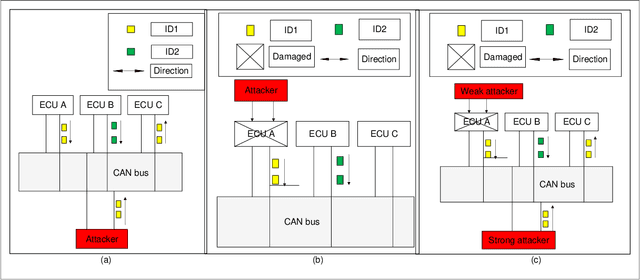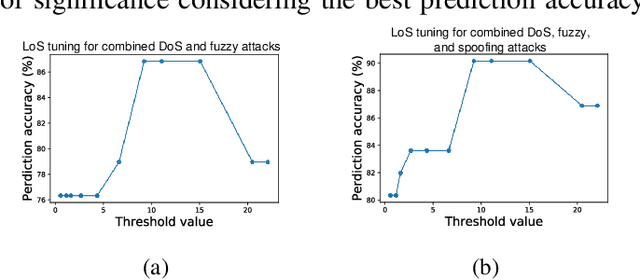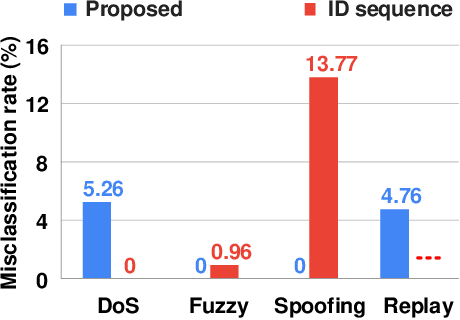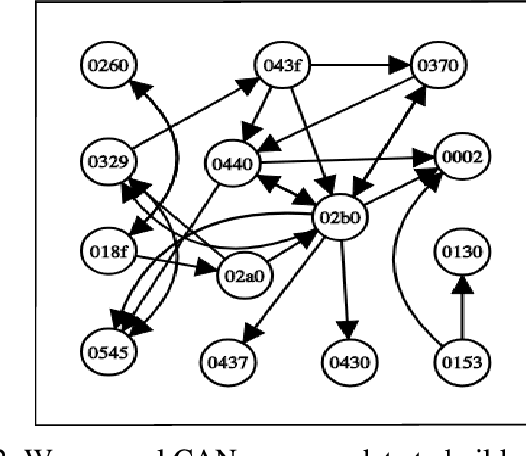Rafi Ud Daula Refat
Protecting Voice-Controlled Devices against LASER Injection Attacks
Oct 13, 2023Abstract:Voice-Controllable Devices (VCDs) have seen an increasing trend towards their adoption due to the small form factor of the MEMS microphones and their easy integration into modern gadgets. Recent studies have revealed that MEMS microphones are vulnerable to audio-modulated laser injection attacks. This paper aims to develop countermeasures to detect and prevent laser injection attacks on MEMS microphones. A time-frequency decomposition based on discrete wavelet transform (DWT) is employed to decompose microphone output audio signal into n + 1 frequency subbands to capture photo-acoustic related artifacts. Higher-order statistical features consisting of the first four moments of subband audio signals, e.g., variance, skew, and kurtosis are used to distinguish between acoustic and photo-acoustic responses. An SVM classifier is used to learn the underlying model that differentiates between an acoustic- and laser-induced (photo-acoustic) response in the MEMS microphone. The proposed framework is evaluated on a data set of 190 audios, consisting of 19 speakers. The experimental results indicate that the proposed framework is able to correctly classify $98\%$ of the acoustic- and laser-induced audio in a random data partition setting and $100\%$ of the audio in speaker-independent and text-independent data partition settings.
Graph-Based Intrusion Detection System for Controller Area Networks
Sep 29, 2020



Abstract:The controller area network (CAN) is the most widely used intra-vehicular communication network in the automotive industry. Because of its simplicity in design, it lacks most of the requirements needed for a security-proven communication protocol. However, a safe and secured environment is imperative for autonomous as well as connected vehicles. Therefore CAN security is considered one of the important topics in the automotive research community. In this paper, we propose a four-stage intrusion detection system that uses the chi-squared method and can detect any kind of strong and weak cyber attacks in a CAN. This work is the first-ever graph-based defense system proposed for the CAN. Our experimental results show that we have a very low 5.26% misclassification for denial of service (DoS) attack, 10% misclassification for fuzzy attack, 4.76% misclassification for replay attack, and no misclassification for spoofing attack. In addition, the proposed methodology exhibits up to 13.73% better accuracy compared to existing ID sequence-based methods.
 Add to Chrome
Add to Chrome Add to Firefox
Add to Firefox Add to Edge
Add to Edge